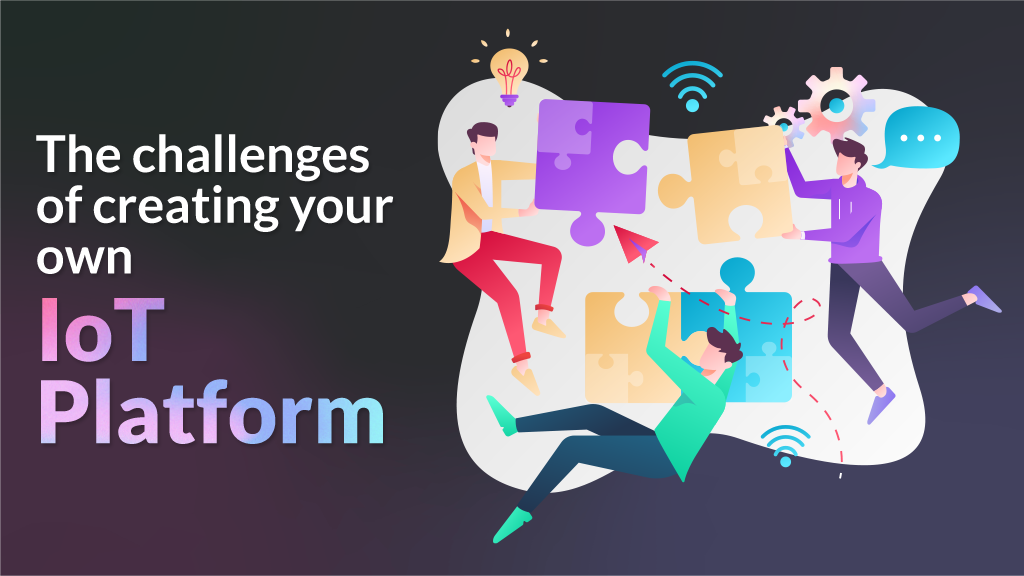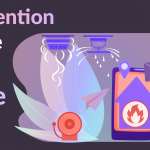IoT, like cloud computing, is a critical component of the fourth industrial revolution and will inevitably become a part of our daily life. More industries are progressively adopting IoT technology, and an increasing number of businesses are striving to establish a foothold in the future of IoT. However, there are many challenges that IoT early-stage development faces, and due to its distinction, it is a cause of concern.
Read Part One of our Blog if you missed it!
Challenges while Building an IoT Platform
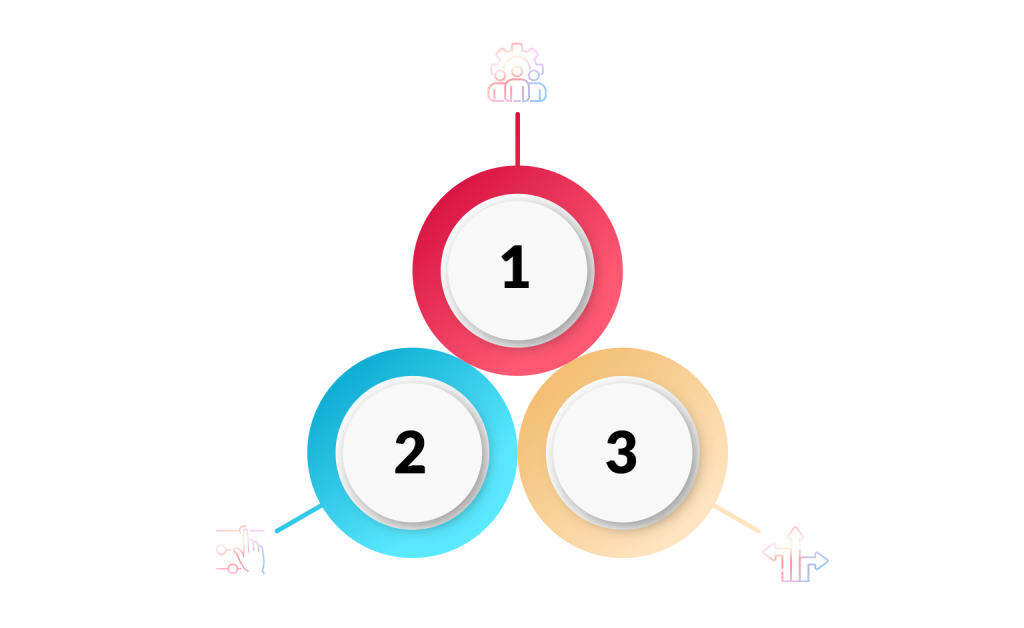
- Managing Heterogeneity and Diversity
Many manufacturers seek to use device connectivity and cloud-based apps to offer new services like predictive maintenance and usage-based charging. However, managing the variability of their product portfolio in the IoT is a challenge for them. The ever-increasing number of product categories, a considerable number of product variants, and the ongoing evolution of individual items are all reasons for the high level of heterogeneity.
- Building Customizable IoT solutions
Although various IoT projects gave rise to IoT solutions and applications, these solutions will become increasingly pre-packaged or standardized over time. As with ERP (enterprise resource planning), CRM (customer relationship management), PLM (product lifecycle management), and other packaged software, IoT solution suppliers have begun producing standard IoT solutions and distributing them to different customers and markets. As a result, end-users can easily adjust the resolution to meet their requirements.
- Flexibility and Compactibility
You must verify that your solution can handle future technologies because the IoT pattern constantly changes. When creating your product, though, you must balance software and hardware.
Developing customized hardware for your device can help it function at its best, limiting product updates. However, selecting adequate storage and computational resources and IoT-specific operating systems (such as Linux, Brillo, or Windows IoT) may decrease performance. Still, it allows you to dynamically extend your device, add new features, and repair bugs with patches.
Things to Remember Before Building an IoT Platform
- Don’t Underestimate, Understand the Technology.
The infrastructure required to construct an IoT device is frequently overlooked, and as a result, many organizations make poor strategic choices. Companies, for example, tend to concentrate their resources on the software layer, forgetting that the hardware and networking layers also play a role in the infrastructure. To design meaningful features for your IoT device, the hardware, software, and connection must be all tightly integrated.
- IoT Security
The same adaptability that makes IoT so appealing also makes IoT security tricky. In addition to usual user activity, a single network can have hundreds of connected IoT devices. Data from IoT devices travels at breakneck speed to and from cloud apps and backends. It’s critical to keep all of that information safe. Unfortunately, hackers are waiting to exploit insecure IoT connections. Unfortunately, there is no “one-size-fits-all” network security solution that can safeguard every IoT setup.
- Device Connectivity Solution
By the end of the year 2022, the total number of linked devices will surpass 30 billion. This might sound like a huge amount, but connecting all these devices together while still keeping them secure from cybersecurity attacks is another challenge in itself.
It’s critical to ensure that the devices you’ll be using are compatible with one another and the network they’ll be installed. Additionally, ensure that data is seamlessly sent from the devices to a cloud server before it is stored.
Pros and Cons of Building Your Own IoT Platform
Offering a really high degree of customizability is the best incentive to design an IoT platform. IoT is still at a nascent stage that is rapidly expanding. If you have a genuinely excellent IoT product idea, but the technology required to create a reality does not yet exist, then building your own Platform could be a terrific choice.
Another motivation to construct is to take advantage of in-house technological expertise. If your team possesses the necessary skills and knowledge from electrical engineering to IoT development to cloud administration, then enlisting the help of brilliant brains to create something genuinely unique can pay off handsomely.
There’s a chance that data transmitted through IoT devices will lose privacy. First, you should check how well the data is encrypted. IoT experiences a lot of security and privacy challenges. While data is captured and communicated from the IoT device, IoT devices connected to your desktop or laptop raise the risk of revealing customers’ personal information.
Finally, creating a platform entails a more significant level of risk. This process is fraught with difficulties, and the results speak for themselves. According to Gartner, 75% of IoT initiatives take twice as long as expected. In addition, according to Cisco, only 26% of organizations questioned indicated their IoT activities were a “full success,” with 60% reporting unsuccessful IoT projects during the proof of concept stage.
Conclusion
In the end, we feel that while the reward for creating an IoT platform for your connected application is quite high, the risk is far far bigger. The numbers don’t lie. We at axess.ai suggest instead opting for a Third-Party IoT platform provider, who does all the hard work of linking your hardware, while you only worry about building your use case on top of it. This alternative solves almost all your problems while mitigating any of the risks associated with building your own platform. Learn More at axess.ai.

